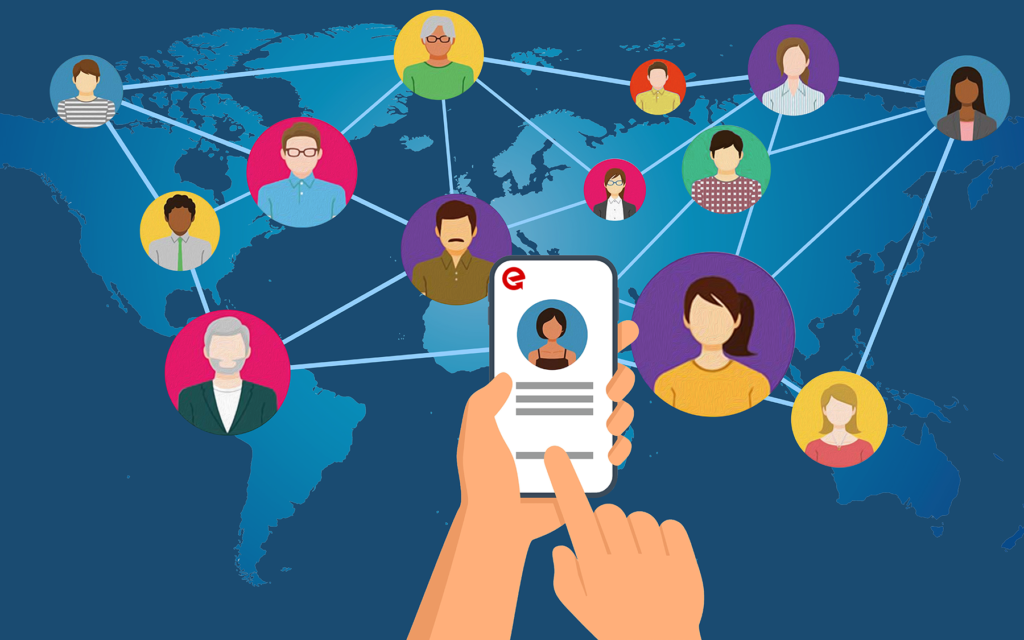Managing workers who are not at their desks has never been a more critical need for businesses.
In the wake of the New Normal, faced with The Great Resignation, many companies are looking for a way to improve remote workforce management. As employees benefit from a turbulent labor market, the winners and losers will be defined by the adaptations to the market. And that starts with managing (read: supporting) all employees, regardless of physical location.
The Future of Work is upon us. Is your organization ready?
Employee equity and engagement in all things is the new standard. Savvy organizations create opportunities and provide access to all tools that make positive time spent on the clock for employees. Ask yourself, do all my employees have access to the tools they need for their job? Or perhaps, do my employees have too much access, leading to noise and disengagement? What were once luxuries are now table stakes in the competition to keep employees according to McKinsey.
Equip Your Employees With a Remote Workforce Management Platform that’s Mobile Optimized.
It may seem obvious, but the most important way for an organization to support their employees is to outfit them with the proper tools to effectively perform their jobs. For a detached, deskless, and remote workforce, active communication and a single access point to work-related tools are the difference between productive engagement and counterproductive disengagement.

Monitor stress; daily is best.
You don’t need a psychology degree to tell that stress levels are high in today’s working population. But can you detect stress levels amongst your workforce? A weekly – or better, daily – status check on your workforce’s mental health will help managers and administrators pinpoint and alleviate potential fracture points.
You MUST HAVE a two-way dialogue with your employees to provide effective remote workforce management.
Two-way engagement should not come as a surprise. Let’s face it, one-way and top-down communication is the calling card of out-of-touch corporate executives.
Reactions will be non-committal at best, and at worst, they can worsen the disconnect between the needs of the worker and the messages sent from leadership in the ivory tower. Particularly when using a tool – the preferred channel amongst non-desk workers is a mobile app – to message the workforce, the content must be relevant, and the style must be informal and go both ways.
Creating open communications is crucial and eventually becomes Work Trust™.
Establishing a meaningful connection and genuine engagement develops trust between management and your workforce. Generating a dialogue with relevant messaging using informal language is a great start. And with all things, consistency is critical. Add in providing easy and convenient mobile access to relevant work tools, and you generate Work Trust, which exhibits itself in the form of trust in leadership, coworkers, the tools being used, and the direction the employee takes in the organization.
Reinforce organizational values
Do you know when it was the last time your employees read your company’s Mission, Vision, and Values? (I won’t ask the last time you read them). All aspects of company values – reflected in process, protocol and policies – need to be communicated to the entire workforce. And while oversaturation is possible, a timely stream of messaging and confirmation is ideal.
Use objectives to create clarity
‘Trickle-down communications,’ i.e., word of mouth, stand-up meetings, bulletin boards, etc.…. It is the tried and FALSE method of communicating. It inevitably leads to misunderstanding and productivity loss. By establishing a direct, two-way, and trusted line of communication, leadership can set goals and objectives with clarity – the most prized piece of the engagement arsenal.
Focus on outputs, not processes
It should be no surprise that different people work differently. The process rules the day in an office setting, either formally or informally. But when employees are disparate or working remotely, enabling and empowering employees to rely on their processes results in greater output. This process allows leadership to focus on employee output rather than employees adhering to tedious minutiae.
Increase recognition
We could link 100+ studies here. We could share employee anecdotes. We could try many ways to convince you that employees need to be recognized. But the reality is that if you’ve made it this far, then you already know about the importance of recognition. Extending to all employees via a single access point – typically app on an employee-owned device – is the simplest and most secure way to ensure all employees are valued and recognized for their hard work. And during the Great Resignation, it has never been more timely.
Encourage innovation
In non-desk industries, almost no one is digitally connected to their workplace. Yet, nearly everyone owns a smartphone. A simple digital tool to connect the unconnected to the broader tech infrastructure is deviously clever perhaps, but still early enough to be innovative in traditionally lagged industries. A connected workforce opens the door to even more innovation at every level of the organization as employees have more time to do what they do best.
How to Use Analytics to Predict Skill Needs
If your boss asked for a report on leadership performance – supervisors, managers, coaches, and mentors, on up to directors and VP’s – could you provide that report promptly? With communication an essential leadership skill, your leaders need a tool to reach their teams. That tool should provide data to cultivate insights into the communication ebbs and flows of the organization. Doing so unlocks leadership performance and effectiveness across the board.
Sign up for a free trial of Workrede today to learn how our powerful tool will help you with remote workforce management and address high turnover, increase employee retention and create an engaged workforce.

Growth Strategist
Workrede
Thor Hunter is a business development and sales consultant passionate about connecting people with process, strategy, and technology.
